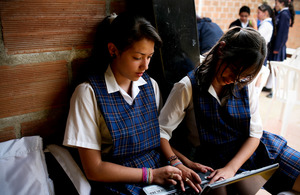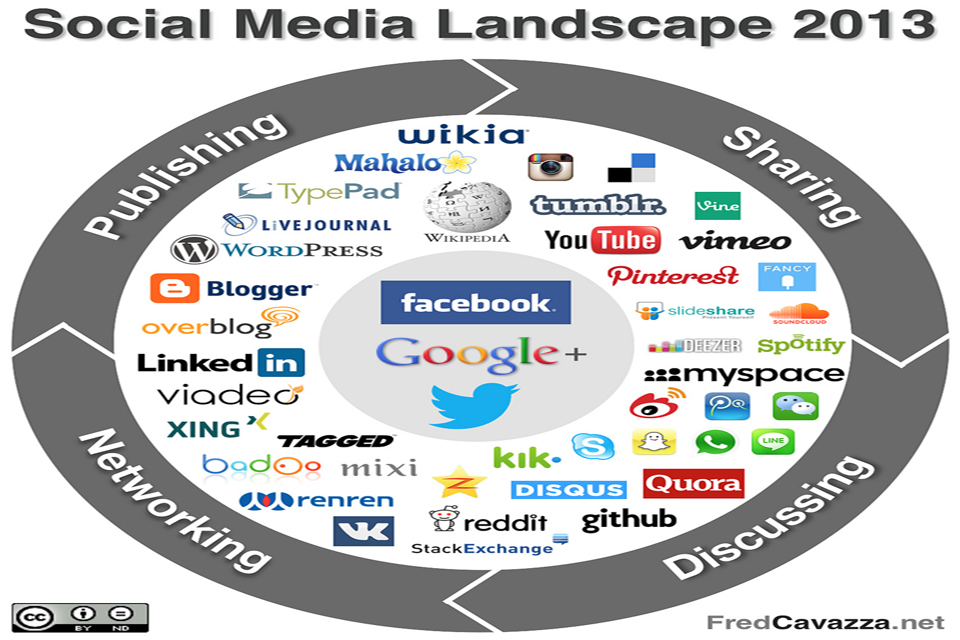DFID Research: Research stories, response and social media
A report published earlier this year reviews the changing online landscape in which research is communicated

Students at a rural high school in Colombia. Picture: Charlotte Kesl/ World Bank
An integral feature of the Research for Development project, which is responsible for communicating UK funded research, is broadening access to this research worldwide. This means not only managing the R4D database and keeping it up to date with all the latest project outputs and reports but also ensuring that these outputs are seen beyond the boundaries of the repository, that information is actively placed in front of those who may need it.
Thus storytelling and social media are crucial components in the Department for International Development (DFID) research engagement strategy. They provide the framework of engagement.
Pete Cranston, of Euforic Services, writes about the R4D social media strategy in a recent blog for Research to Action.
Until recently, in relation to Development Research Communication, suggesting that ‘social media is ubiquitously accessible’ would have drawn a hollow laugh from the many people working on slow, expensive, unreliable Internet connections. The situation is still difficult for many people in many parts of the world but, as recent research from IDS has demonstrated more and more people, and especially policy actors – the target of much research communication and advocacy – are connected, using the media in the same way as researchers and policy actors in the US and Europe.
The speed at which communities grew around social media meant that to many it was not immediately evident how it related to research. However, increasingly DFID research programme consortiums are appearing on facebook and twitter is now well established within the research community.
Essentially, social media has changed research communication from presentation to conversation. As Cranston points out “This increasing emphasis on two way communication and conversation has transformed organisational communications and is crucial to effective online knowledge sharing.”

Picture: Fred Cavazza/ Flickr
Harnessing the knowledge sharing capacity of an existing community (such as Twitter, Facebook, LinkedIn) opens new routes of access. Evidence travels via existing networks so that the burden of communication no longer hangs solely on journal publication and distribution or the policy brief on the decision maker’s desk.
This is evidenced in the DFID research twitter community which last month reached over 10,000 followers. While DFID research tweets directly to its followers daily, the real power lies in the retweets. Retweets reach those who have not connected directly with DFID research news or the R4D database, they extend the reach of DFID research and in turn the size and dynamic of the conversation surrounding DFID research.
However, it is not simply a case of highlighting outputs. Researchers are becoming increasingly aware of how the medium shapes the message. While tweets are short and sweet, other social media platforms require more detailed methods for engaging the audience. Finding the story within the research is critical to provoking a response.
But the story has changed. Social media has altered the traditional parameters of storytelling. Now, a story can consist of only a few words or just an image. Linked data and online materials mean that communication need only begin the story; it directs the audience to wear the evidence can be found. It lets the existing conversation develop and tell the story.
With the emergence of younger platforms, such as Google+ and Pinterest, it is becoming steadily easier for researchers to reach audiences in innovative and engaging ways. The tools available now may not be the same ones around tomorrow but it is increasingly clear that they have a role to play in open access and research communication.
To join the growing DFID research community visit the R4D facebook page or follow @DFID_Research on twitter.